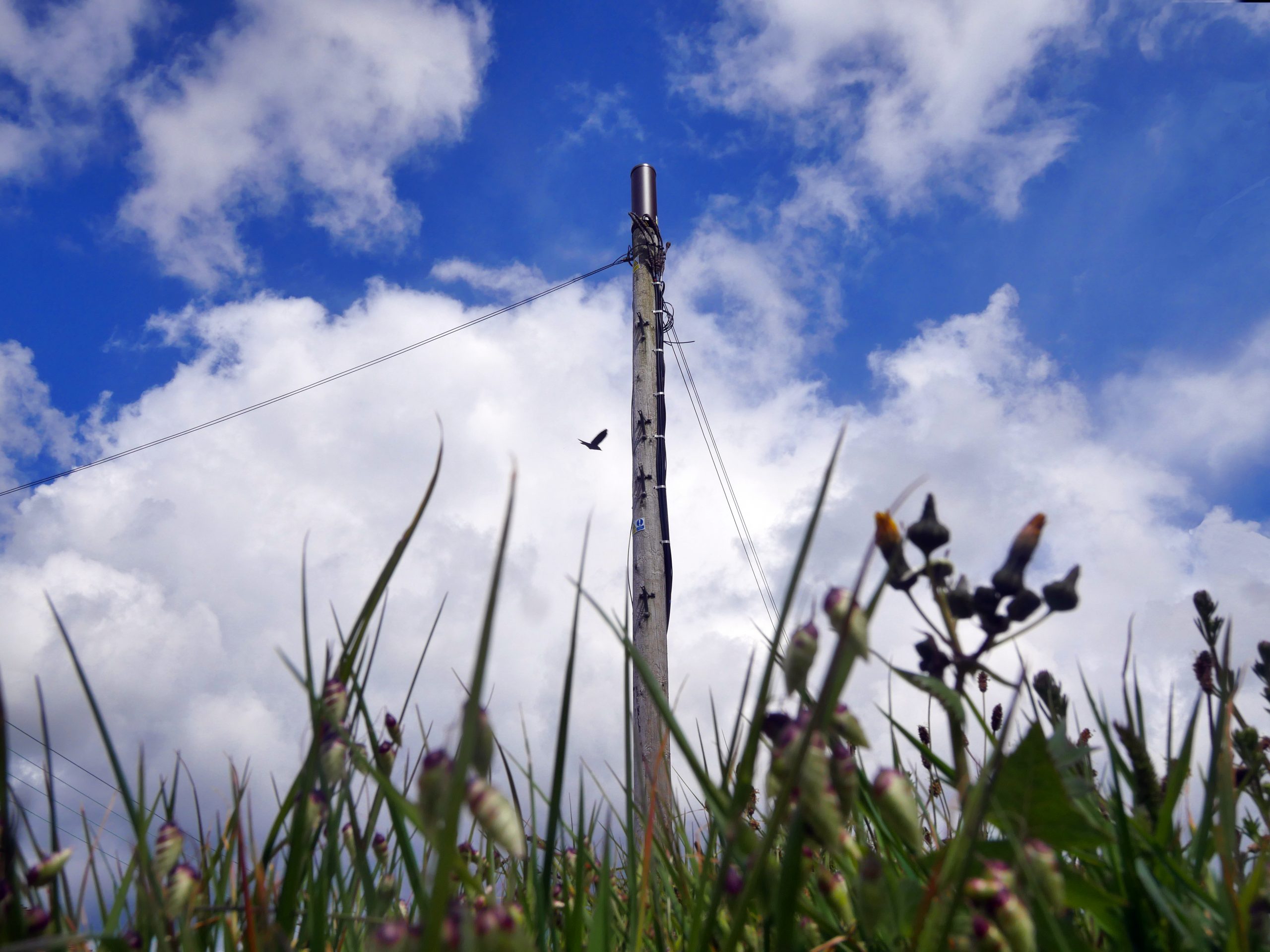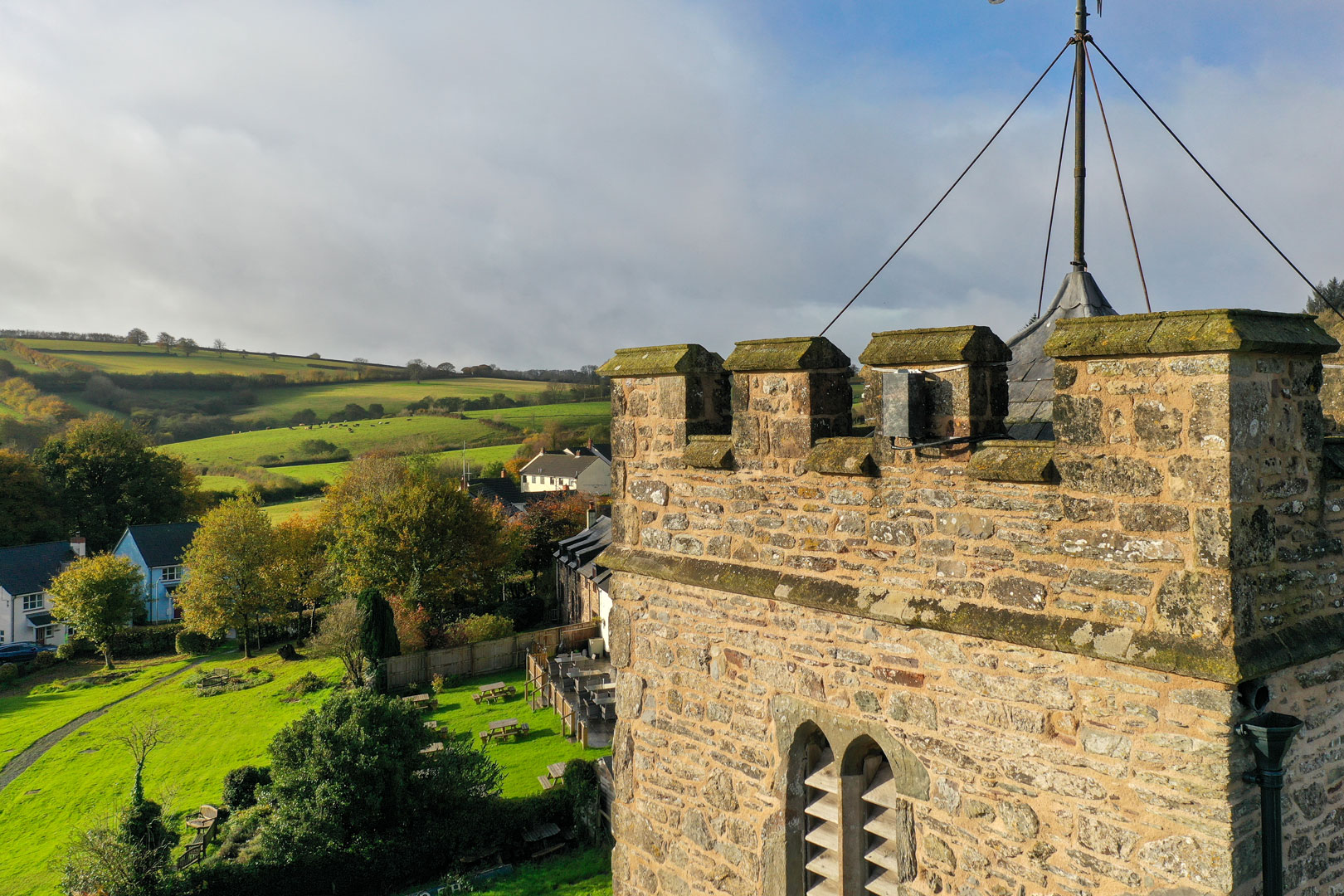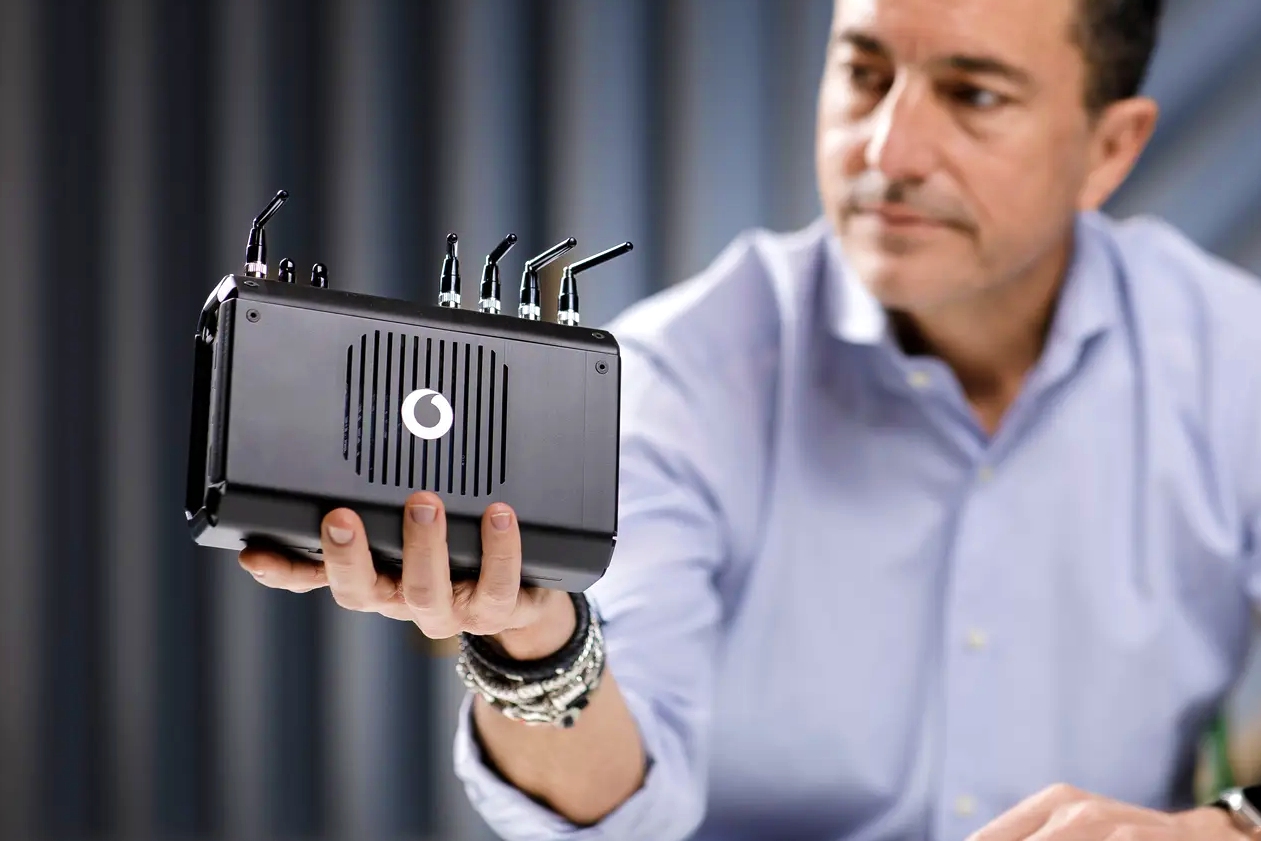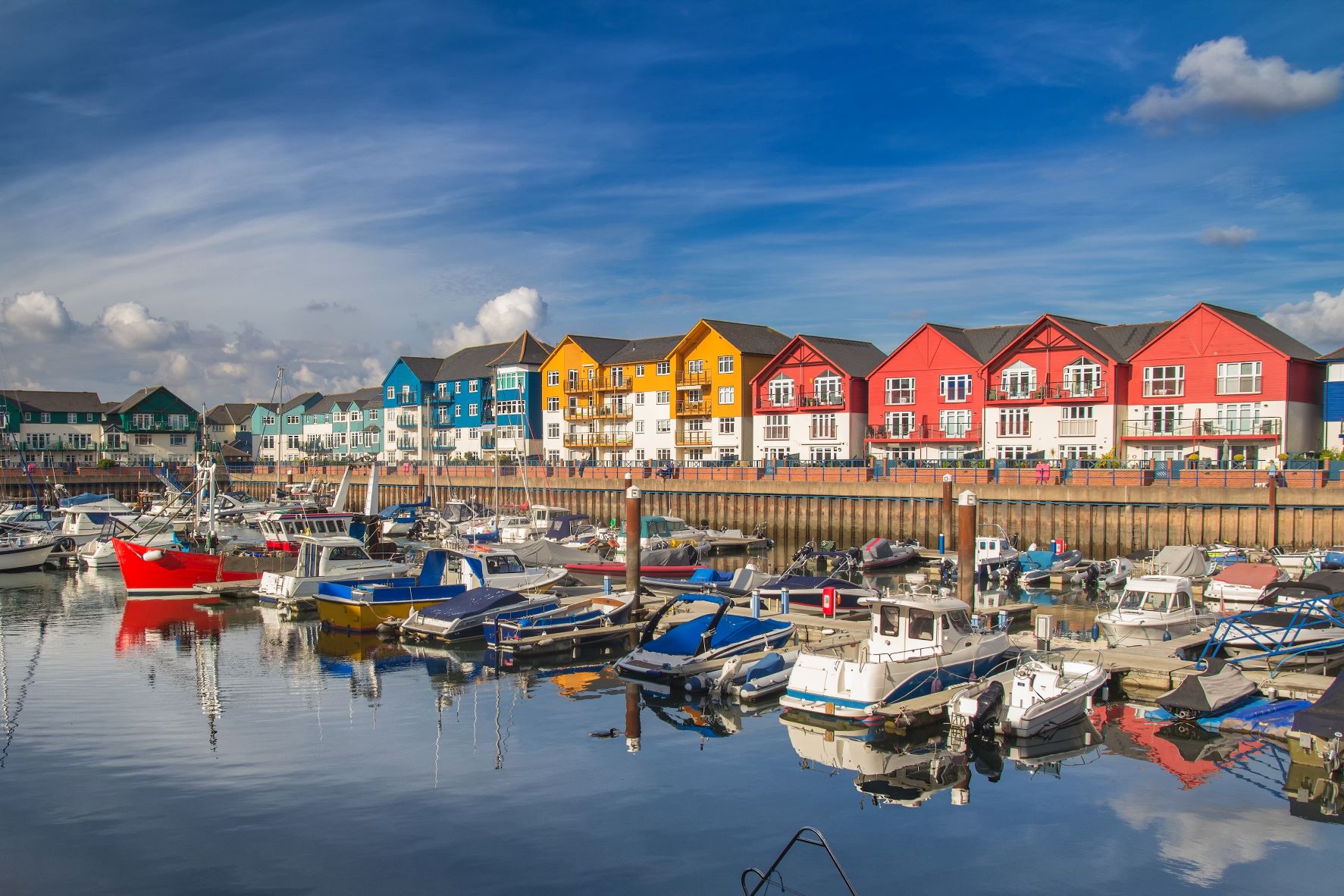
Vodafone is leading a quiet revolution in the way 4G mobile phone networks are built and run. We explain what OpenRAN is and why it matters.
Just because the roll-out of 5G has begun in earnest, that doesn’t mean the end of 4G as some might think. Far from it.
Vodafone UK is pioneering the development of OpenRAN, a quiet evolution in the way 4G mobile phone networks – on which we all depend now more than ever – are built and run.
It stands for Open Radio Access Network.
All mobile masts – big or small – have to be equipped with complex, highly specialised equipment to communicate with the rest of Vodafone’s UK network. Stored in cabinets, often at street level, these units are effectively bespoke computers where a single manufacturer has designed both the hardware and software. They will only work with antennas and other radio elements designed by that same manufacturer and can only be controlled remotely using software from that manufacturer.
OpenRAN changes all of this, introducing far more flexibility and efficiency.
Widening the pool
With OpenRAN, standardised, or ‘common off-the-shelf’, computing hardware is used in place of those bespoke units and is no longer tied to the software or radio elements of any single manufacturer.
This helps increase the resilience of a nationwide mobile network by widening the pool of telecoms hardware and software suppliers. More competition means more choice at potentially lower cost, particularly when it comes to rural coverage.
Tasks that require specific, heavily customised hardware can instead be virtualised. This means that it can be performed by software instead, running either locally or remotely in the cloud.
Remote cloud-based applications mean that one data centre can serve several masts. This also helps streamline the construction and day-to-day operation of masts, saving not only build time but making troubleshooting and maintenance far easier, too.
Vodafone leading the way
Designing such OpenRAN-compatible units isn’t just a case of coding some software, installing it on a rack-mounted server and then shipping it out the door. Standardised and rigorously documented protocols are essential to ensuring interoperability between units from multiple manufacturers.
The most critical is ensuring they handle radio signals in exactly the same way.
That’s where Vodafone comes in. Since 2017, Vodafone Group has been leading the Telecom Infra Project’s industry-wide OpenRAN working group to define those standards.
Vodafone UK has been working on and testing OpenRAN units in the lab with an eye to eventual field trials – when it feels the technology is ready.
At the moment, these OpenRAN lab units are 4G-only, not due to any lack of 5G-fuelled ambition, but because it makes engineering sense.
“You have to walk before you can run as the old saying goes,” says Daniel Shannon, one of Vodafone UK’s specialist design experts.
“As 4G networks carry less data and support fewer simultaneous handset connections than 5G networks, it makes sense to design, test and trial OpenRAN for those less demanding 4G networks first.”
While plenty of work still lies ahead to make it a reality, OpenRAN has the clear potential to usher in an era of even more efficient and reliable 4G and reduce the reliance on one or two equipment manufacturers above all others.
Stay up-to-date with the latest news from Vodafone by following us on Twitter and signing up for News Centre website notifications.
![Friends at the pub edited [Adobe Stock] stock photo of three bearded men with excessive amounts of gel in their hair, drinking beer in a pub while looking at a smartphone](https://www.vodafone.co.uk/newscentre/app/uploads/2024/02/Friends-at-the-pub-edited-Adobe-Stock.jpg)
![pick and mix sweets assortment with scoops [Adobe Stock] stock photo of sweets at a pick and mix confectionary stand](https://www.vodafone.co.uk/newscentre/app/uploads/2024/02/pick-and-mix-sweets-assortment-with-scoops-Adobe-Stock.jpg)







